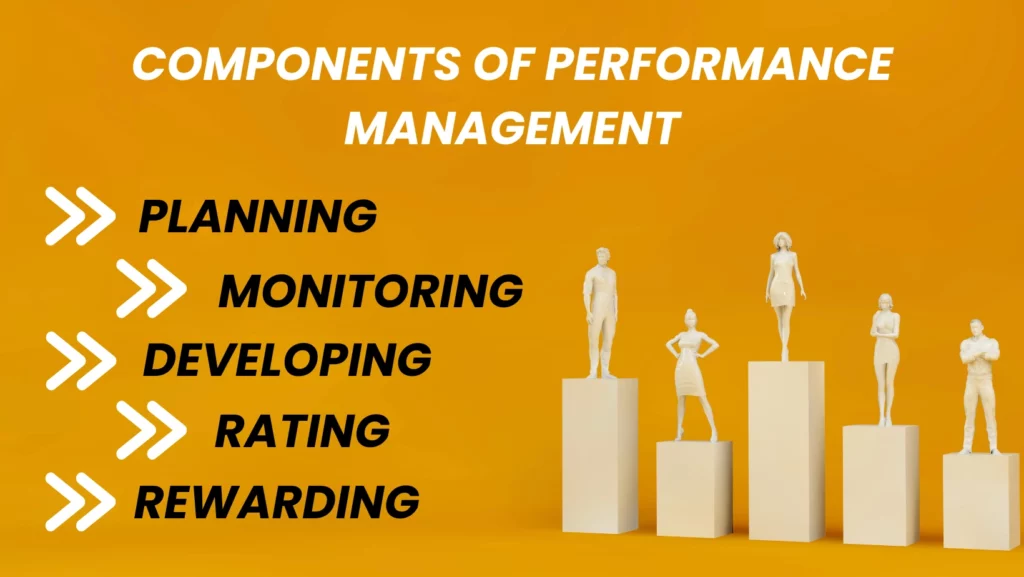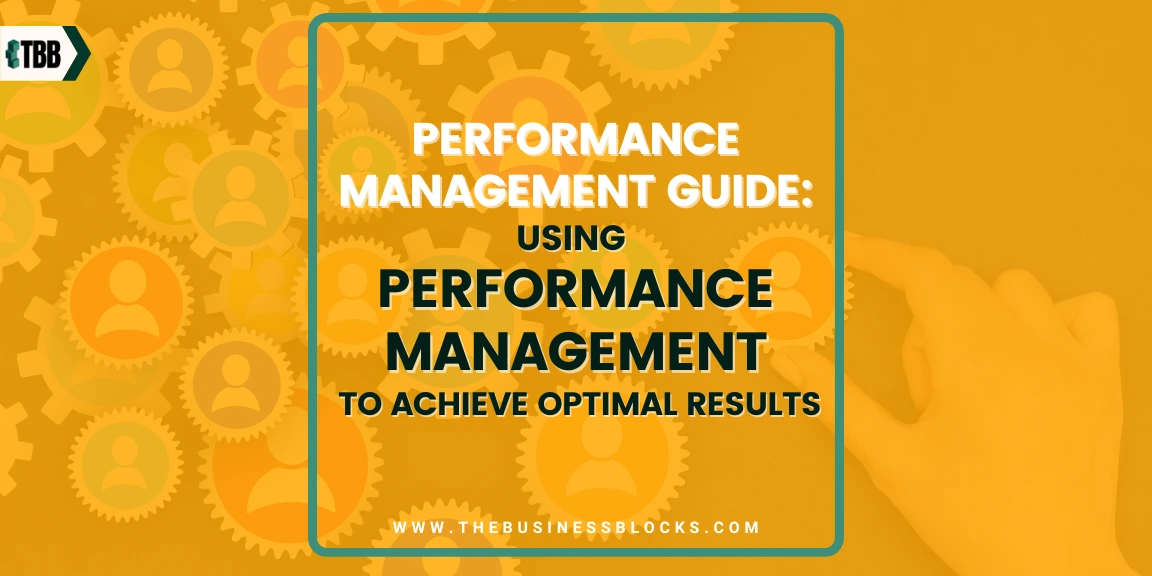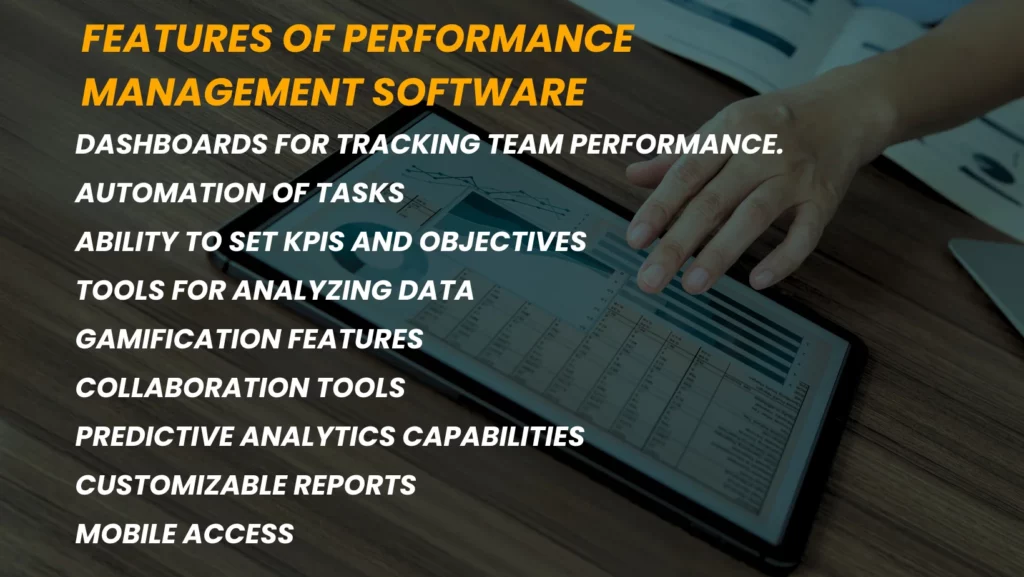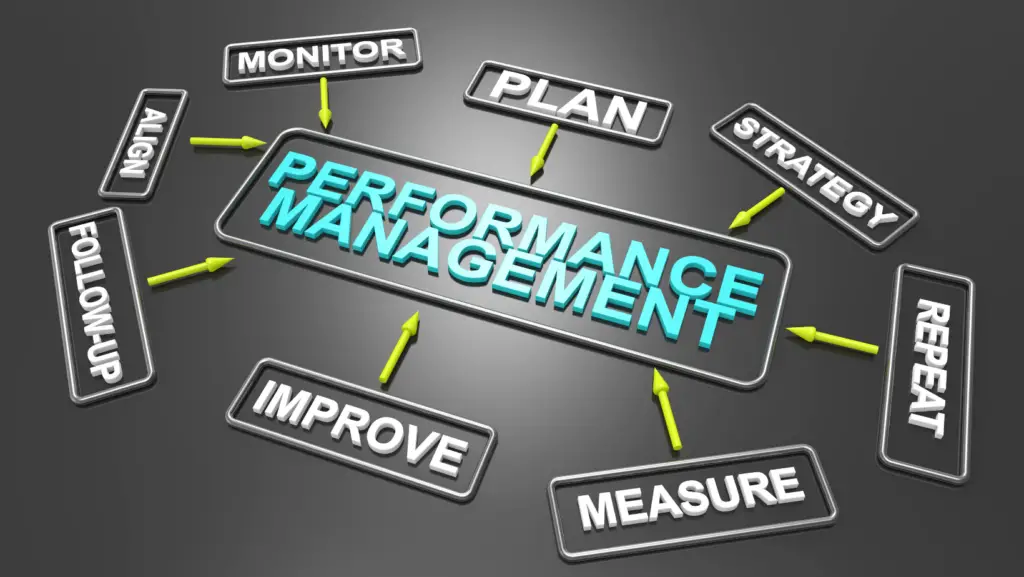Are you someone who cares deeply about the success of your organization and wants to ensure it’s reaching its full potential? Performance management is an important part of any successful business, but managing performance can be a tricky endeavor. That’s why we’re here with this guide on using performance management systematically and effectively so that employees are motivated to deliver their best results while still enjoying working at your company. Get ready to get started; let’s dive into our invaluable guide to performance management today!
Want to get the best out of your team?
Performance Management Guide has all the tools you need to help build a strong, motivated, and productive team. We’ll show you the benefits and the components of the performance management process and performance management strategy.
With the Top 10 Performance Management Tools and Software, you’ll gain and be able to use these tools to have a better and deeper understanding of what’s working for your team – from personal growth initiatives to reward structures – so that together, everyone can reach new heights when it comes to productivity and results.
Did you know?
- 37% of employees say if they received more personal recognition, they’d feel encouraged to produce better work.
- 94% of employees say that they would stay at a company longer if it invested in their career development – Source
- In 2023, for receiving feedback 32% of employees are waiting for the last three months.
Read on and let’s get started building the best team anyone has ever seen.
What is Performance Management and why is it important for businesses to use it effectively?

Performance management is a way for organizations to set goals and objectives, measure progress towards them, and reward employees who achieve outstanding results. It helps businesses focus on outcomes as well as individual performance which is essential in achieving high levels of success.
It’s important to use performance management effectively because it can have a direct impact on employee engagement and motivation. Performance management systems also allow businesses to identify areas of improvement and provide guidance and support for employees who are falling short of expectations.
Benefits of Performance Management and How it can help increase productivity
An effective performance management system can benefit your business in several ways.
Here are some of the most important ones:
- It helps ensure that every employee is working towards shared goals and objectives;
- It creates a culture of accountability, which holds people responsible for their contributions;
- It can increase employee performance and overall productivity as employees are more motivated to work harder;
- It provides insight into areas that need improvement and provides employees with better feedback;
- It helps to identify and reward top performers, which can be a great motivator.
Identifying the Components of Performance Management

There are 5 Important components of effective Performance Management:
1. Planning
It involves setting clear objectives and goals that employees need to accomplish. Establishing a timeline for completion of those objectives and developing strategies to reach the intended outcome.
2. Monitoring
The second component is monitoring employee performance. This involves tracking progress, providing feedback, and ensuring that goals are being met according to plan.
3. Developing
Developing involves helping employees to improve their performance and reach new goals. This can include providing additional training, coaching, mentoring, and giving timely feedback on how to improve.
4. Rating
The fourth component of performance management is rating employee performance. This involves assessing the quality and quantity of work done as well as their attitude and behavior about assigned tasks.
5. Rewarding
The last component of performance management is rewarding employees for outstanding performance. This can include bonuses, incentives, promotions, and recognition for a job well done. It’s important to reward those who have gone above and beyond expectations so that they feel appreciated and motivated to continue performing at a high level.
Implementing a Performance Management System in Your Organization

Implementing continuous performance management with performance management software can be an effective way to monitor and evaluate employee progress while providing timely feedback and coaching.
Here are some ways to implement performance management in your organization:
Setting Goals and Measuring Results
From performance expectations to sales objectives, setting realistic goals and expectations is an important part of the process. It’s also important to measure results regularly to have accurate data for evaluation.
Developing Performance Strategies
Employee’s performance can be improved by providing feedback, training, and mentorship. This helps to ensure that employees are performing at their best and reaching their goals.
Utilizing Reviews and Metrics to Monitor Progress
Whether a traditional performance management process or software, reviews are an important tool to help managers evaluate employee performance and identify areas of improvement. This helps to identify any areas of improvement for employees and ensure that goals are being met.
Training & Coaching for Improved Performance
An effective performance management process should include training and coaching for employees to help them reach their goals. Through coaching, managers can address any issues or barriers that may be preventing an employee from reaching their potential.
Celebrating Successes and Making Adjustments as Necessary
Performance management strategy with performance appraisals will help to identify and celebrate successes. It can also provide an opportunity to make adjustments as necessary to ensure that the employee is on track with their goals.
Establishing Clear Objectives & Goals with Performance Reviews
Performance management programs must include a process for setting clear objectives and goals with regular performance reviews. This will help to ensure that employees understand their role in the organization, as well as what’s expected of them.
5 Tips for Effective Performance Management

Here are 5 tips for successful performance management:
1. Clearly define goals and expectations from the start
Set clear expectations right from the beginning so that everyone is on the same page about what needs to be accomplished.
2. Monitor progress
Make sure you monitor employee’s progress regularly by tracking progress and providing feedback. This will help ensure that employees are staying on track and meeting goals.
3. Provide feedback
Regular feedback, both positive and constructive, is an essential part of performance management. This will help to ensure that employees are making progress towards their goals.
4. Develop employees
Providing development opportunities for employees can help them reach their full potential. This can include training, mentoring, or other types of development activities.
5. Reward success
Rewarding employees for their successes is an important part of any performance management program. This will ensure that employees feel appreciated and motivated to continue performing at a high level.
By implementing the right strategies, you can ensure that your organization has an effective performance management system in place that will help you reach your goals.
Challenges Associated with Performance Management and How to Overcome Them
Although performance management can yield great results, there are some challenges associated with it.
Here are some common issues that can arise and how to overcome them:
Poor communication
Poor communication between managers and employees is a common problem in many organizations. This can lead to misunderstandings about expectations or goals, as well as difficulty giving the appropriate feedback. To overcome this, managers should regularly communicate with employees and provide timely feedback.
Lack of engagement
Another common challenge is a lack of employee engagement in the performance management process. This can be caused by a lack of motivation or not feeling supported by their manager. To help combat this, it’s important to create an environment where everyone feels comfortable expressing their thoughts and opinions.
Bias
Another challenge is bias, which can occur when managers make decisions without considering the employee’s performance objectively. To overcome this, it’s important to ensure that all employees are evaluated on the same criteria and given an equal chance to perform and succeed.
Performance management aims to ensure that employees are reaching their goals and performing at their best. By implementing the right strategies, you can create a successful performance management program in your organization.
Frequently Asked Questions About Performance Management Guide: Using Performance Management to Achieve Optimal Results
Q: What are the benefits of performance management?
A: Performance management helps to ensure that employees are meeting their goals and objectives, as well as providing timely feedback and coaching. This can lead to increased motivation, improved job satisfaction, and higher productivity.
Q: How do I measure employee performance?
A: To effectively measure employee performance, you should use a combination of metrics and reviews. These should include both qualitative and quantitative data, such as feedback from customers or performance metrics like sales numbers.
Q: How often should I review employee performance?
A: It’s recommended to conduct regular performance reviews at least twice a year to ensure that employees are meeting their goals and making progress. Reviews can also be done more frequently as needed, such as when a major change in an employee’s role or responsibilities has occurred.
Conclusion
Taking a strategic, streamlined approach to performance management will help your business get the most from every employee. By providing clear expectations for each individual and measuring progress periodically with regular feedback within a consistent framework, you can ensure that every team member is part of something bigger – the success of your business as a whole. With an effective performance management system in place, you can also identify and develop future leaders early on while simultaneously recognizing high-performing individuals.
As such, companies must take seriously the importance of creating an environment that is optimized for growth and progress. Implementing a performance management system could be one of the best decisions you make for your business’s success.























